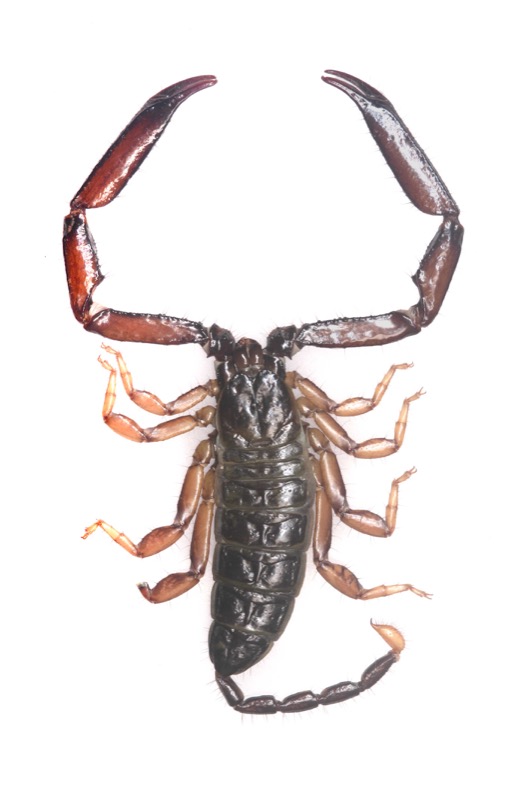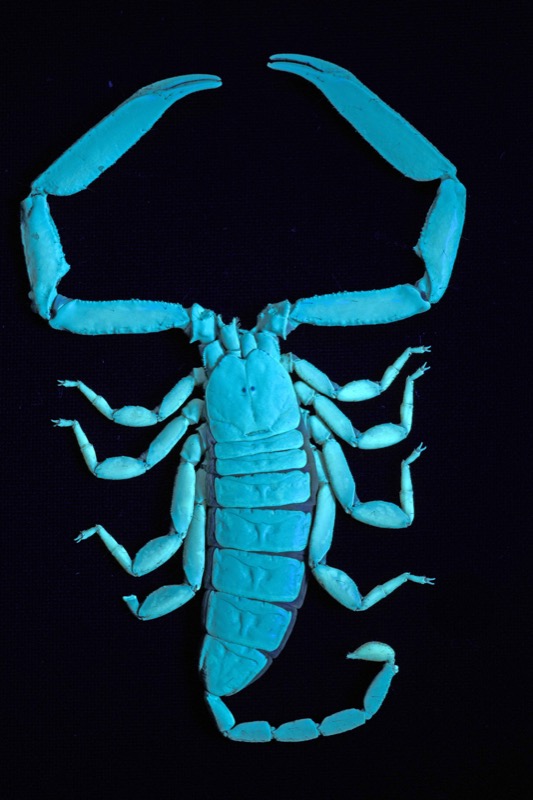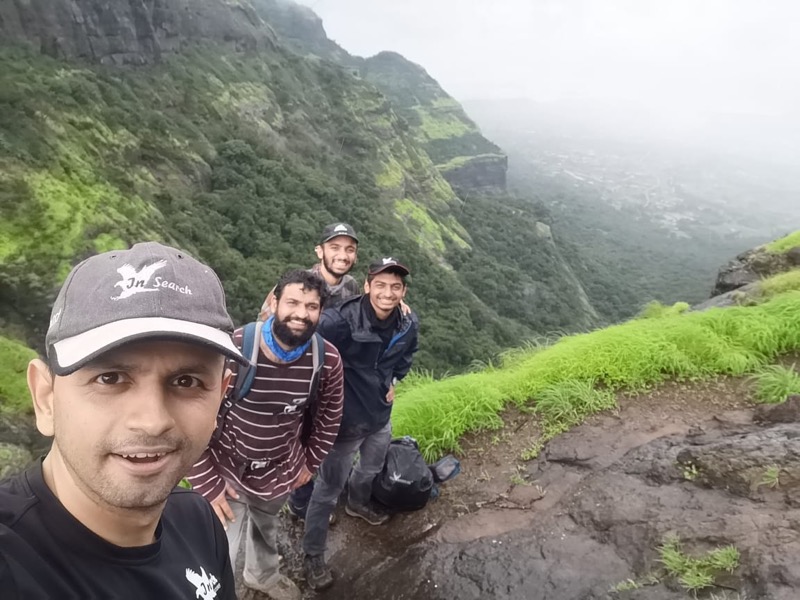Connecting History with Scorpions: Discovery of two new species from Western Ghats
Scorpions are usually not a topic of discussion for many and in most parts of the world they are feared because they sting, injecting venom in your body. There are over 2500 species of scorpions in the world out of which only 30-40 contain the venom potency to actually kill a human. Scorpion venom has also proved useful in medical sciences to treat brain tumour or even used as pain reliever. But we still know very less about scorpions in India and we are discovering new species every year.
Our research team at INHER, led by Shauri Sulakhe, set out to study the scorpions of India in 2018. Under the guidance of Dr. Deshbhushan Bastawade and Dr. Anand Padhye, in less than two years, the team has discovered six new species of scorpions from around the country, adding to the earlier tally of around 120 species. These discoveries have certainly shown the potential of India being a species rich country even when it comes to Scorpions. Species from three different genera were described from northern Western Ghats, southern India and central Maharashtra and all were found in highly threatened areas or highly specialised habitats.
The recently described two species from the genus Chiromachetes are very interesting. These are found only in the gaps in rock boulders and spend most of their time inside these gaps with only coming to the edge of the gaps to hunt, when they can be seen. One of these species was found in Amba ghat in Kolhapur, which is very close to the location where the battle of Pawankhind took place around mid 1600s. This battle is known for the Great Maratha Warriors including Baji Prabhu Deshpande and the Bandal Sena who defended their king, Chhatrapati Shivaji Maharaj against the Sultanate of Bijapur. In honour of their act of valour, we named the species as “Parakrami”.


The second species was found in Varandha Ghat near Pune. This location is very close to Shivtharghal, a location where the renowned Hindu saint, Samartha Ramdas Swami wrote the famous literary trait “Dasbodh” in 17th century. We had no doubt in our minds when we decided on naming this species as “Ramdasswami”.
Connecting the historical events with science and more over giving them local names is an effort to familiarise the local people with the species and eventually science. If local people can connect with science and the “Why” of conservation, then we can certainly hope for a better future.
